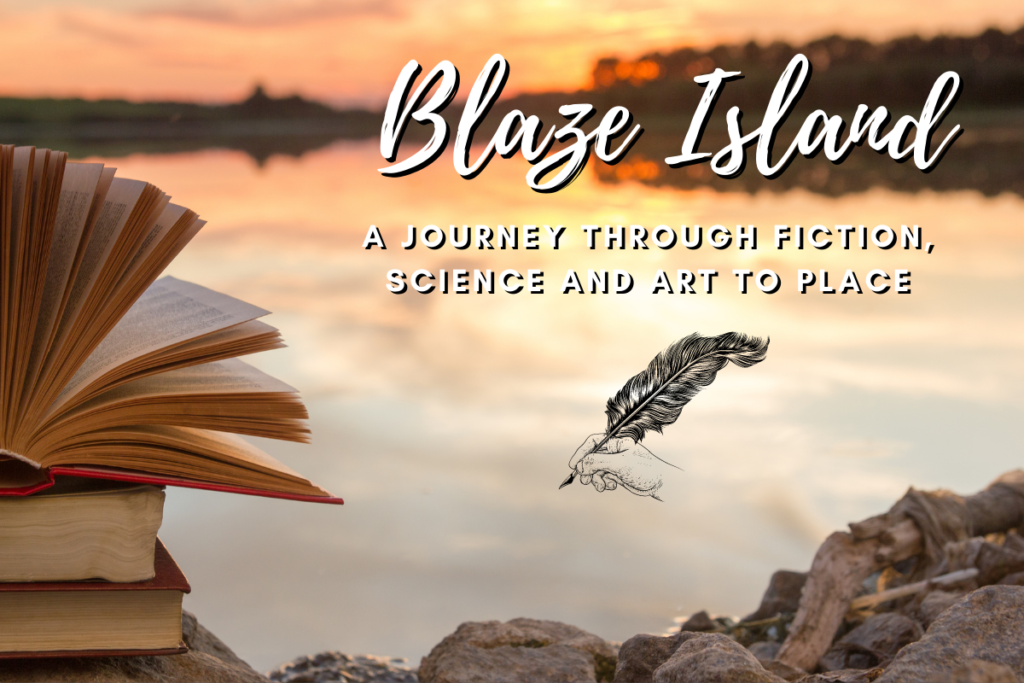
Blaze Island, a Journey through Fiction, Science and Art to Place
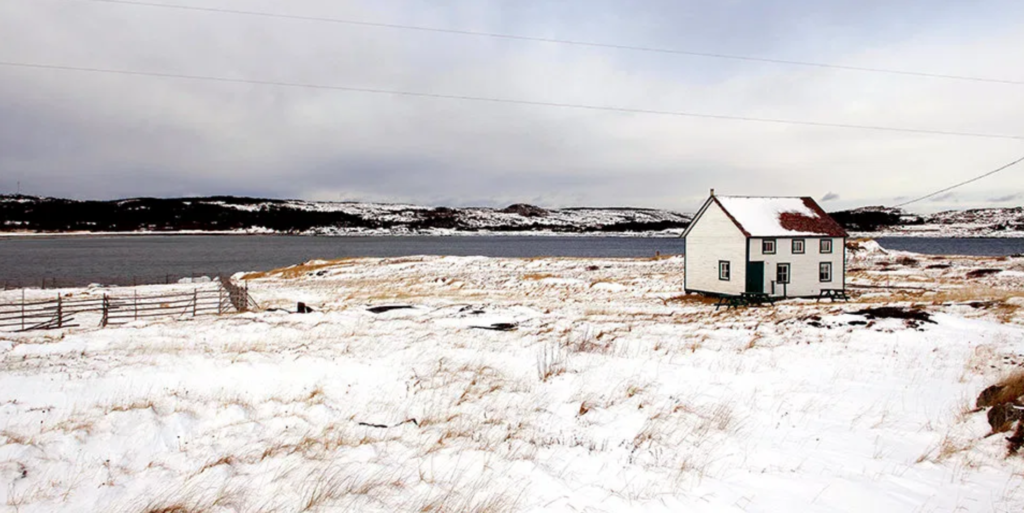
Partway through reading Blaze Island, Catherine Bush’s 2020 novel, I asked myself “Is she in John Hartman’s book?”. This was the first of many detours and side trips that I took while reading. The answer is no, she is not, but more on that later. The arts transport us to different times and places and expose us to new ideas and circumstances. The experience of reading this book was such a journey. It starts at a work of fiction with a strong sense of place, leads to paintings, pulls in science, veers over to theatre and ends rooted in a distinctive place, recognized for its commitments to arts and community. There is a pandemic and we can’t travel, so buckle up and join me on this imaginative journey.
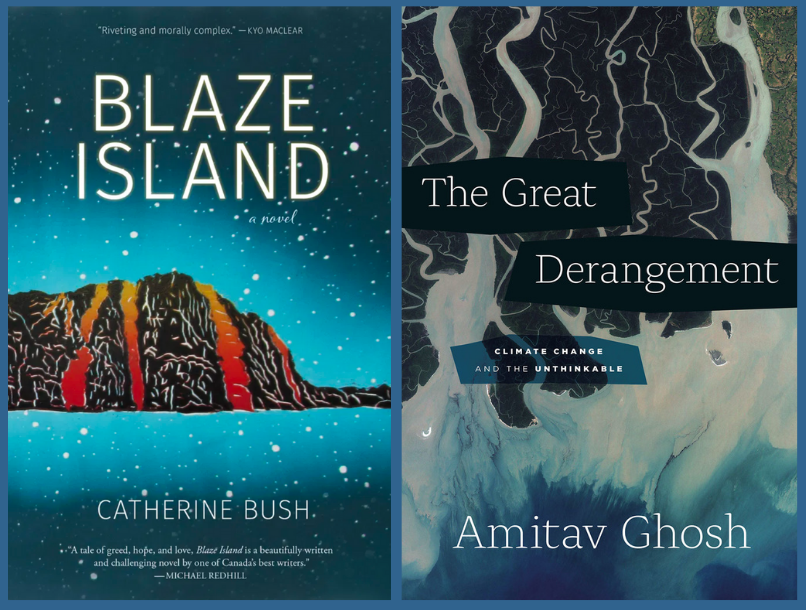
Set at some time in the near future, the main characters Alan Wells and his daughter Maranda flee Princeton New Jersey, to a remote island further north called Blaze Island. Most of the rest of the book takes place there, where the family live close to the land. The descriptions are exquisite. I could smell, taste and hear this place, as well as see it in my mind. The more I read, the more I thought that the setting had to be Newfoundland. And I thought that Catherine Bush must live there, in order to write so evocatively. Which lead me to check Many Lives Mark This Place, the book by John Hartman of paintings of writers in the landscapes which inspire them. A remarkable number live in Newfoundland, but Catherine Bush is not one of them. She lives in Toronto. But I was right. Blaze Island is Fogo Island, a large island off the northeast coast of Newfoundland. The map in the novel is an exact replica of coves, towns and roads, just the names changed.
Catherine Bush has spent several artist’s residencies on Fogo Island. It is a beautiful wind-swept place and we will return there, but first another digression. Weather and climate change are at the heart of the plot. When reading an interview, I couldn’t believe that she mentioned that she wrote the novel partly in response to The Great Derangement by Amitav Gosh, where he calls out novelists for not writing about climate change. Would you believe it, I also had that book out from the library and was enjoying, despite its somewhat bleak and alarming messages.
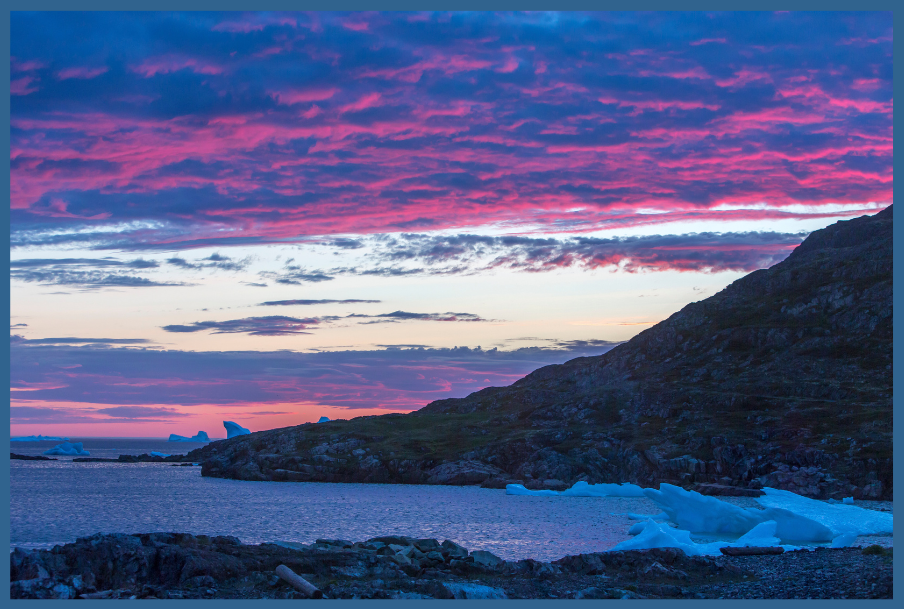
I was describing Ghosh’s premise to a friend and she immediately reminded me of The Wall by John Lanchester which we had recently read in our book club. Right. And then there is American War by Omar El Akkad, which I read during the early months of the pandemic. Both books are rich and worthy reads and I will not digress to discuss them. At risk of oversimplification, perhaps the biggest difference between them and Blaze Island is that the former are set in dystopian landscapes and societies caused by climate change, while Blaze Island explores questions of what might be done, although solutions are fraught with risk.
A couple of years later, I found myself, one March afternoon, in a cabin on the far eastern reaches of Fogo Island, a forty-five-minute ferry ride off the coast of Newfoundland, itself an overnight ferry ride from mainland Canada. Outside, slabs of snow-covered granite, interrupted by stands of spindly and windswept tuckamore, spread to the white and ice-choked North Atlantic. I’d skidooed in to the cabin with two brothers from the community of Tilting, and as we sat there drinking instant coffee by the heat of the woodstove in this utterly remote place, it struck me that in my years of conversation with people on Fogo Island about the weather, people who live intimately connected to land and sea and air, I had yet to meet anyone who denied the existence of human-caused climate change. Nevertheless, many of the new houses in the village of Tilting have been built with money made in the oil sands. … How do we represent our current reality imaginatively, and, if we’re going to grapple directly with the climate crisis in a literary work, how can we do so artfully rather than swinging about with an apocalyptic sledgehammer?
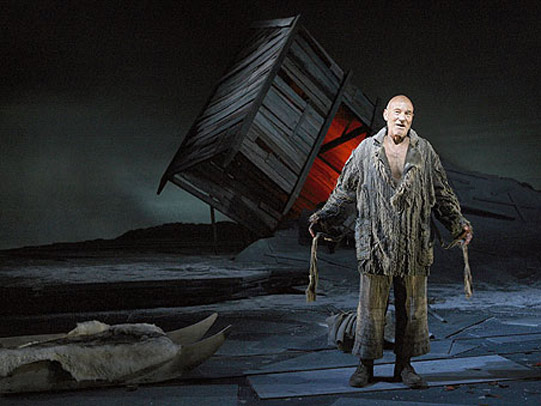
The connection between Bush’s novel and science run deep. She knows of which she writes. Her sister is a climate scientist and Bush was a Fiction Meets Science Fellow at the HWK or Institute for Advanced Studies in Germany. Their website quotes Vladimir Nabokov: “There is no art without facts, and no science without fancy.” That lead me to a whole database of fiction about science.
Let’s get back to other arts. Turns out that the idea for Blaze Island was also based on a 2006 performance of The Tempest by the Royal Shakespeare Company that Bush saw. The production was set in the Arctic. Similar to the thinly veiled references to Fogo Island, the characters and some of the novel’s plot are drawn from the play. Bush is clear that you do not need to be familiar with The Tempest to be fully immersed in the novel. My theatre education is sadly lacking, but I am now inspired to read the play or better yet see a live production, whenever that might be possible again. A little research suggests that there is a happy ending, and while Blaze Island does not conclude quite so definitively, it is hopeful.
And hopeful is a word that you could apply to Fogo Island. No wonder Catherine Bush has returned over and over again and draws such inspiration from both the land and the people. Fogo Island really made it onto mainlanders’ radars through the remarkable and stunning Fogo Island Inn, Fogo Island Arts with its residencies and Shorefast, an organization whose tag line is “Integrity of Place”. Perhaps it shouldn’t be a surprise that the driving force behind these initiatives is Zita Cobb, an eighth generation Fogo Islander. Place is not only the land and seascapes with the weather that shapes them, but the people and communities and the relationships amongst them all. Remote and rugged, the real Fogo and the fictional Blaze Islands are ideal settings to examine our future and take these imaginative journeys.
I began this blog post by saying art transports us. Catherine Bush says it better:
A novel can be a zone for activating these webs of connection, inviting us to leap not only into other humans but beyond—into caribou and hawk and lichen, into wind and cloud and ice and sea and air. To become other, become nature. A novel shifts our attention, seriously and playfully. It offers its own modes of concentration, bringing order and unpredictability together. In its very form it opens us to transformation—taking us out of a realm of endless traumatic repetition and offering up the slim, temporary yet nevertheless real possibility of accessing other ways of being.